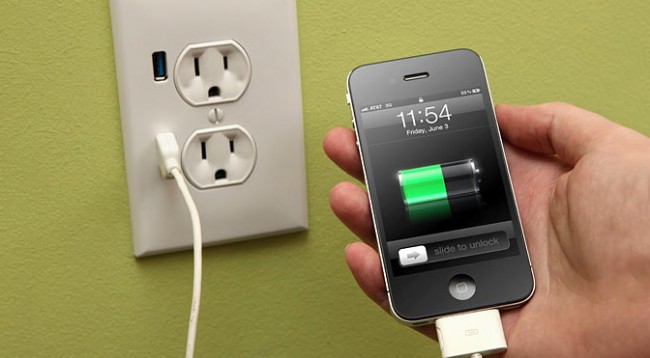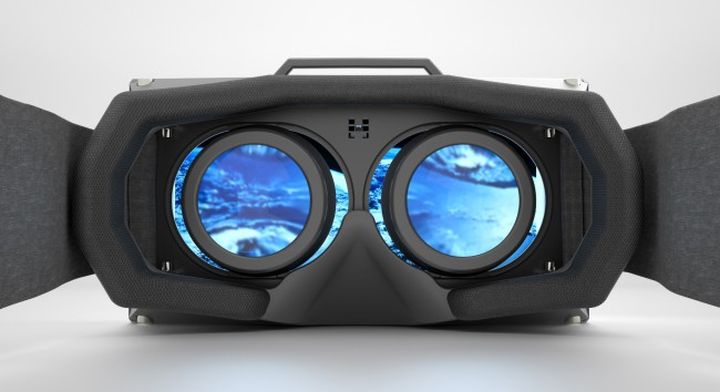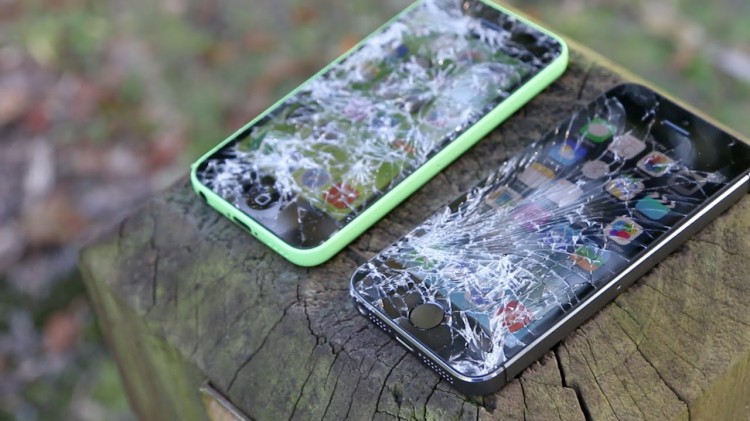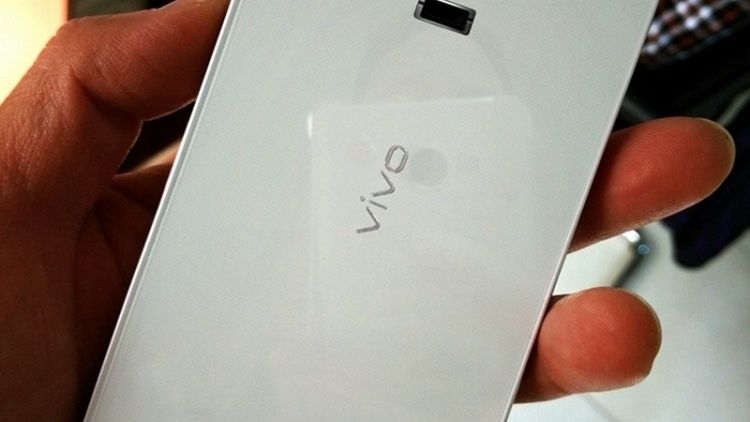Uncomfortable cables are not compatible electrical plugs and sockets and a variety of adapters for a long time complicate the lives of people who love to travel frequently. It is a serial data interface USB managed to make life easier for most users. Through the USB-cable connected to a PC or a special adapter that is now being charged a huge number of mobile devices. Moreover, in the near future, USB-cables will be used to charge the more powerful electrical appliances, in the long run be able to completely change the principles of electricity consumption, while reducing costs and increasing energy efficiency has different systems. All this will be possible thanks to the new standard USB Power Delivery (USB PD), which will transmit up to 100 watts of power.
It is unlikely that Ajay Bhatt of Intel, one of the creators of USB, 20 years ago, thought about his power. In the past, he had only one goal – to simplify the process of connecting multiple devices to a PC. He hardly thought that creating a new universal charging system. Indeed, the current standard USB allows you to transfer up to 5 watts, which is barely enough to iPad. However, recharging with the USB-interface has become a standard in the mobile market.
It is believed that in the near future to feed an exponentially growing number of low-voltage DC network will be to put on the backburner because of Nikola Tesla and his contribution to the creation of devices that operate on alternating current. Most likely, the war of currents, which was started by Thomas Edison and Nikola Tesla could flare up again.
It should be noted that to convert alternating current to direct current power transistors are needed – the “heart” of any electronic device, which are associated with some disadvantages. Although the dimensions of the transistors are negligible current and relatively low price, they are still ineffective, and consume a substantial part of the electricity. In addition, they are working around the clock, regardless of the night and day rates for electricity. DC networks are more practical.
It was during these hard to overestimate the role of the USB-interface through which the transmission of direct current, and data. In other words, they can help to prioritize between devices that do not only consume electricity, but also to provide it to others. For example, by means of rechargeable laptop smartphone.
In standard USB PD and low-voltage DC networks have several advantages. First, the energy transfer is possible in both directions. For example, connected to the laptop via USB cable, external battery, which is charged as long as both devices are connected to the network can transmit the charge in the opposite direction when the laptop is disconnected from the network. Second, the low-voltage DC ideally work in tandem with solar panels and this can benefit both private homes and small offices.
Resource The Economist reports that the disposal of Moixa is more than a dozen projects to revitalize DC networks. Several prototypes USB-plugs have been successfully operated in one of London’s theaters and the Science and Technology Park Nupharo in the Czech Republic.
This month, a special conference, during which they discussed issues related to the promotion of low-voltage networks in developing countries. DC systems that store solar energy in these countries can become irreplaceable.
The first devices with interface USB PD will be on sale in 2014, and by 2015, the standard may be accepted, – said Brad Saunders, the head of the consortium USB 3.0 Promoter Group, engaged in the development and promotion of the new standard USB.
Standard USB PD can blend in with the items from the world of “Internet of things”, as will satisfy the need for the devices as a power and data exchange. According to preliminary information, it will be different from today’s USB interfaces by additional contacts and maintain backwards compatibility with USB 2.0 and USB 3.0.
Mr. Ajay Bhatt in the process of developing a removable USB-cable. In other words, a separate cable, connector separately.
Read another very interesting article about alternative energy of the Sun, water and air.






